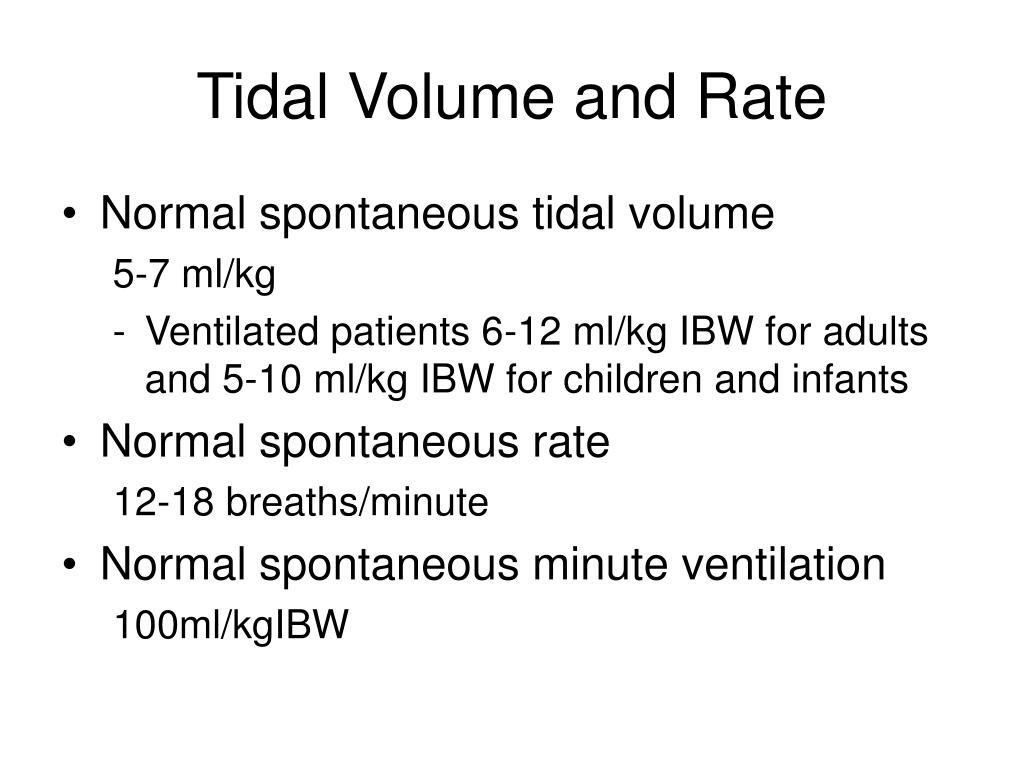

J Appl Physiol 69:2057–2061ĭreyfuss D, Soler P, Saumon G (1991) High volume ventilation produces more severe damage in previously injured lungs. Hernandez LA, Coker PJ, May S, Thompson AL, Parker JC (1990) Mechanical ventilation increases microvascular permeability in oleic-acid injured lungs. Tsuno K, Prato P, Kolobow T (1990) Acute lung injury from mechanical ventilation at moderately high airway pressures. Intensive Care Med 18:112–117Ĭorbridge TC, Wood LDH, Crawford GP, Chudoba MJ, Yanos J, Sznajder JI (1990) Adverse effects of large tidal volume and low PEEP in canine acid aspiration. Sohma A, Brampton WJ, Dunnill MS, Sykes MK (1992) Effect of ventilation with positive end expiratory pressure on the development of lung damage in experimental acid aspiration pneumonia in the rabbit. Zapol WM (1991) A nordic ECMO saga or whither ECMO? Intensive Care Med 17:69–70 J Appl Physiol 66:2364–2368Ĭarlton DP, Cummings JJ, Scheerer RG, Poulain FR, Bland RD (1990) Lung overexpansion increases pulmonary microvascular protein permeability in young lambs. Hernandez LA, Peevy KJ, Moise AA, Parker JC (1989) Chest wall restriction limits high airway pressure-induced lung injury in young rabbits. Respective effects of high airway pressure, high tidal volume, and positive end-expiratory pressure. J Appl Physiol (in press)ĭreyfuss D, Soler P, Basset G, Saumon G (1988) High inflation pressure pulmonary edema. Am Rev Respir Dis 142:321–328ĭreyfuss D, Soler P, Saumon G (1992) Spontaneous resolution of the pulmonary caused by short period of cyclic overinflation. Role of increased microvascular filtration pressure and permeability. Parker JC, Hernandez LA, Longenecker GL, Peevy K, Johnson W (1990) Lung edema caused by high peak inspiratory pressures in dogs. Am Rev Respir Dis 135:312–315ĭreyfuss D, Basset G, Soler P, Saumon G (1985) Intermittent positive-pressure hyperventilation with high inflation pressures produces pulmonary microvascular injury in rats. Kolobow T, Moretti MP, Fumagalli R, Mascheroni D, Prato P, Chen V, Joris M (1987) Severe impairment in lung function induced by high peak airway pressure during mechanical ventilation. Protection by positive end-expiratory pressure. Webb HH, Tierney DF (1974) Experimental pulmonary edema due to intermitten positive pressure ventilation.


 0 kommentar(er)
0 kommentar(er)
